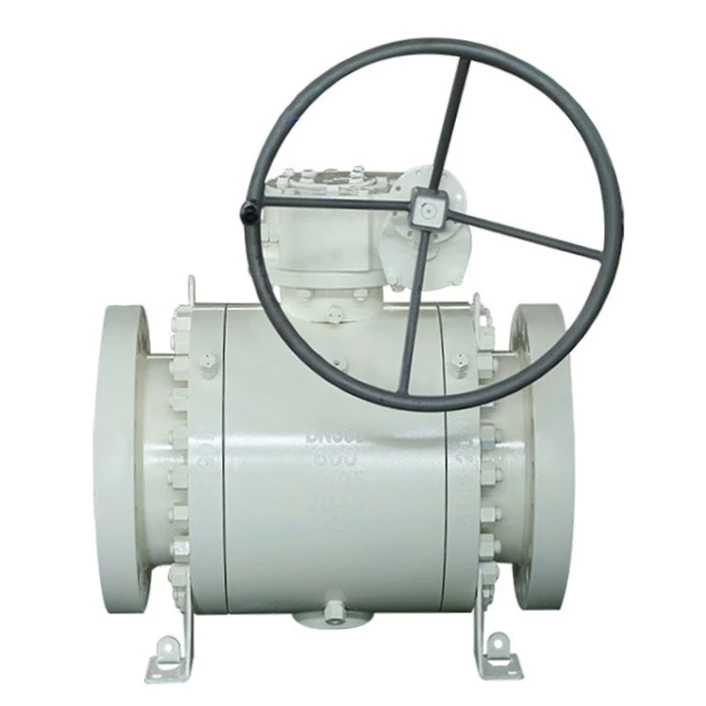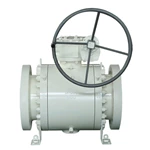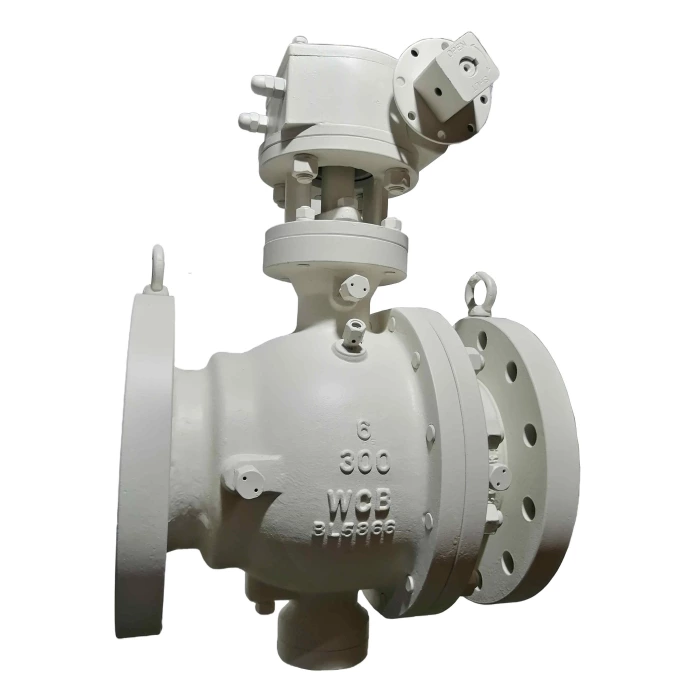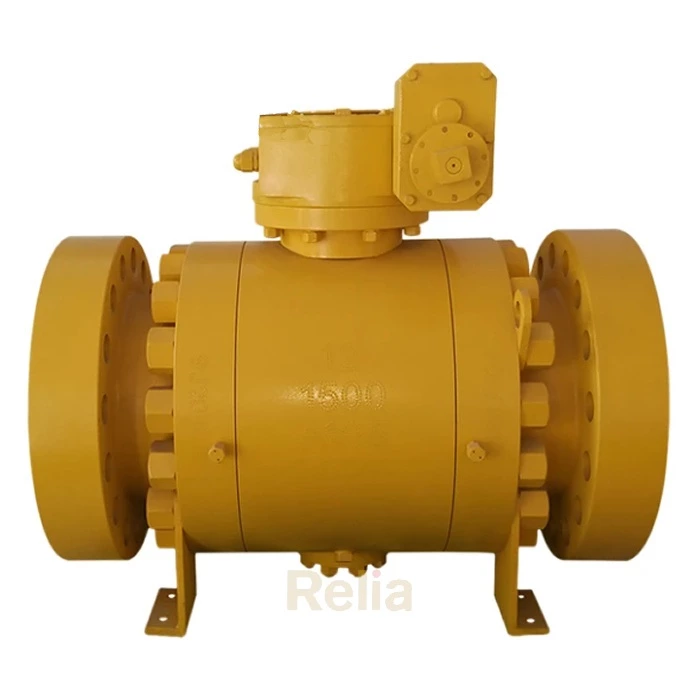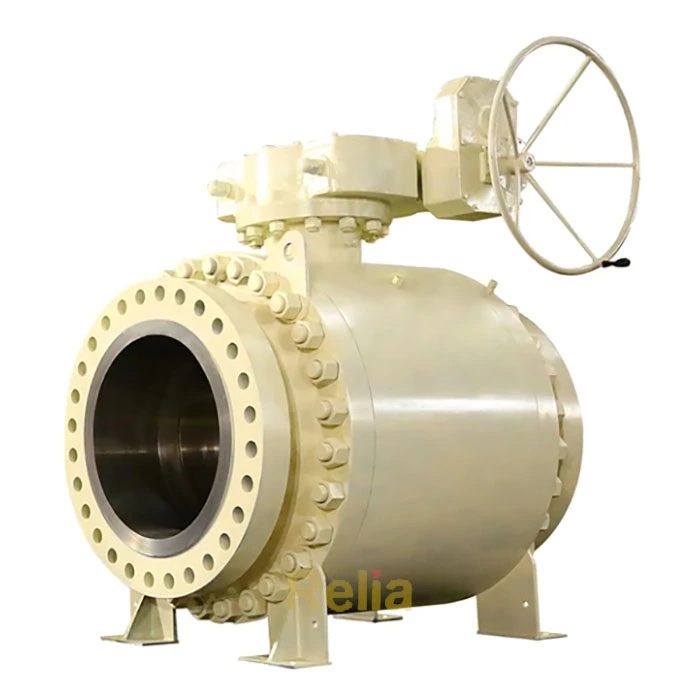API 6D Ball Valves
API 6D ball valves are used in the petroleum and natural gas industries that meet stringent performance and safety requirements.
- Standard
- API 6D
- Size
- 2"-48”
- Unit Price
- $60-60000
- Certificate
- API 6D
1. General Structure and Operation
- Spherical Closure Member: Ball valves in API 6D have a solid one-piece spherical closure member (ball) that rotates on an axis perpendicular to the direction of flow.
- Rotation Mechanism: The ball is designed to rotate within the valve body to control the flow. When the ball's bore is aligned with the flow path, fluid flows freely; when perpendicular, flow is blocked.
- Fire-safe Design: Fire-safe design to meet API 6FA or API 607 standards.
- Anti-static Device: Ball valves shall have electrical resistance not to exceed 10Ω.
- Cavity Pressure Relief: If liquid or multi-phase fluid trapping is possible, the valve will be provided with automatic cavity-pressure relief. For design temperature up to 250 °F (121 °C) the valve cavity relief shall not exceed 33% differential pressure above the valve pressure rating.
- Locking Device: Can be provided to lock the valve in the open or closed position.
- Position Indicator: Visual or mechanical indicator to show the position of the ball (open or closed).
- Extended Stem: For below-ground applications, an extended stem with a protective housing is available.
2. End Connections
- Flanged and Welding Ends: Ball valves covered by API 6D are available with flanged or welding ends to suit different piping systems and application requirements.
3. Sealing and Seat Design
- Seat Types: Ball valves can be equipped with single or double seats, depending on the sealing requirements.
- Bidirectional or Unidirectional: The valve can be designed for bidirectional or unidirectional flow.
- Seal Materials: A variety of seal materials are available, including soft seats and metal-to-metal seats, to suit different media and operating conditions.
4. Pressure and Temperature Ratings
- Pressure Rating: API 6D Ball valves conform to ASME B16.34 pressure rating standards, with classes ranging from 150 to 2500.
- Temperature Rating: The valves are designed to operate within a specified temperature range, with materials selected to maintain performance across this range.
5. Materials of Construction
- Body and Closure Member: Commonly made from cast or forged steel, with options for stainless steel, alloy steel, and other corrosion-resistant materials.
- Internal Components: Seats, stems, and other internal components are also made from materials suitable for the intended service conditions.
6. Testing and Validation
- Hydrostatic Shell Test: Performed to ensure the structural integrity of the valve body and end connections.
- Seat Tightness Test: Verifies the sealing capability of the ball and seat under specified pressure and temperature conditions.
- Additional Testing: Depending on the application, valves may undergo additional testing such as fire testing, low-temperature testing, and cavity relief testing.
7. Marking and Documentation
- Valve Marking: Each valve is marked with information including valve type, size, pressure class, material, and manufacturer details.
- Certification and Documentation: Provided with a certificate of conformance, material test reports, and pressure test reports as required by the specification.
Leave Us Your Info
Could you please kindly fulfill the following information when enquiring:
Valve type (ball, gate, globe, check etc.), valve size, pressure class, valve material, and end connection (flanged, butt welding etc.)
